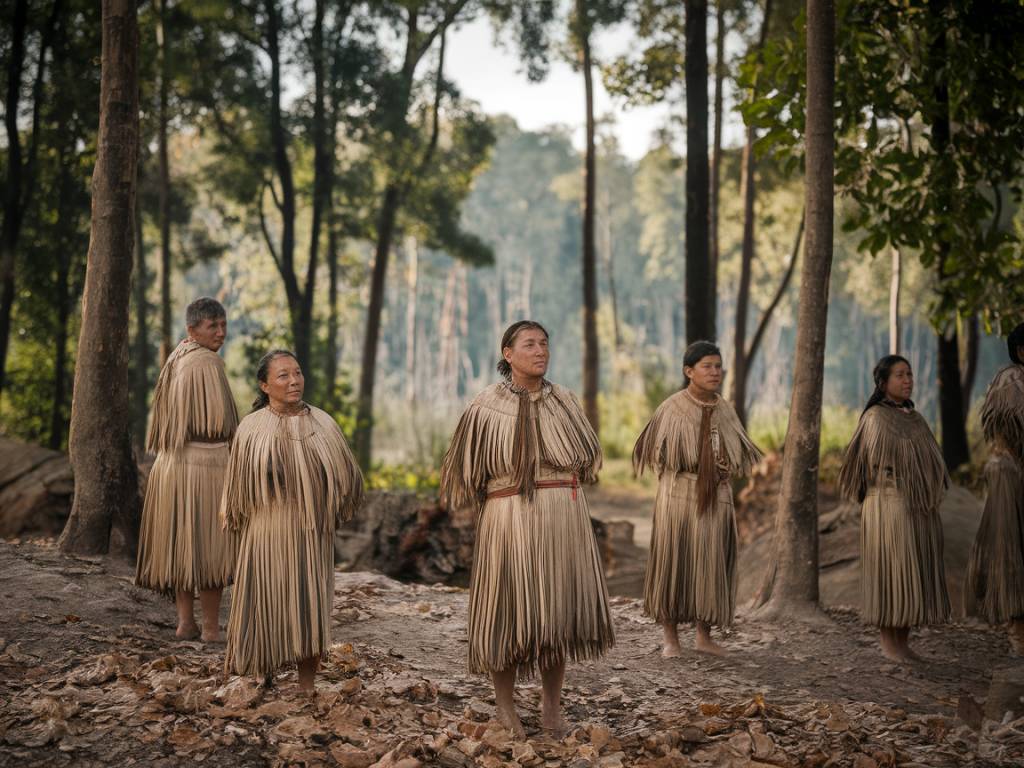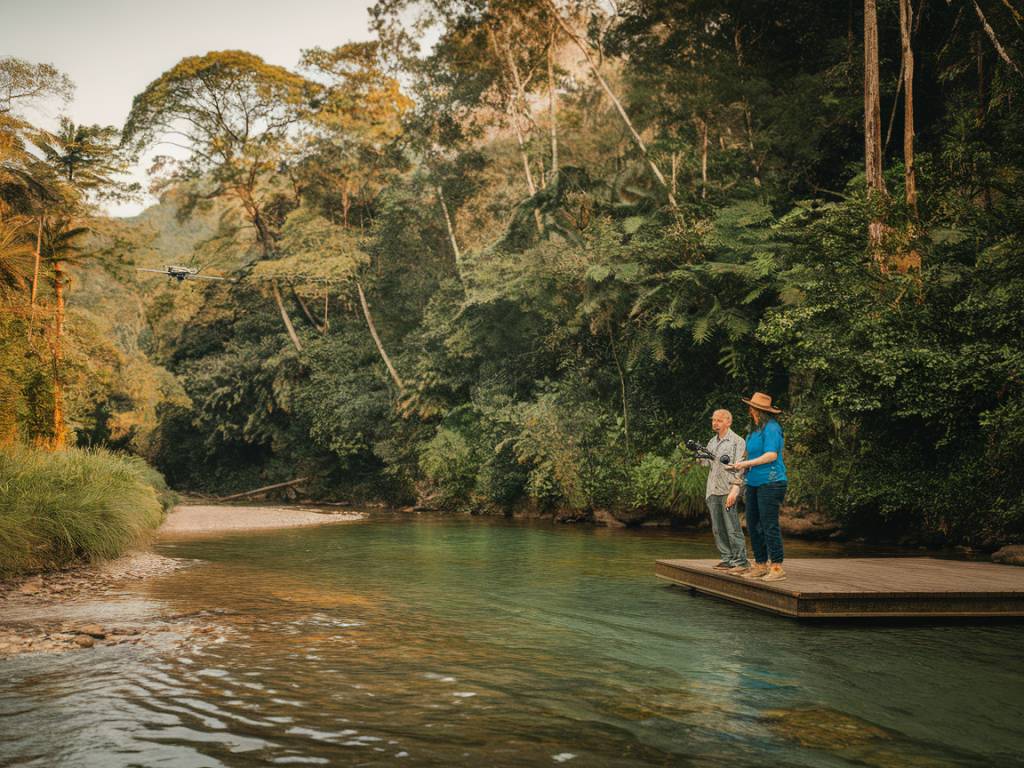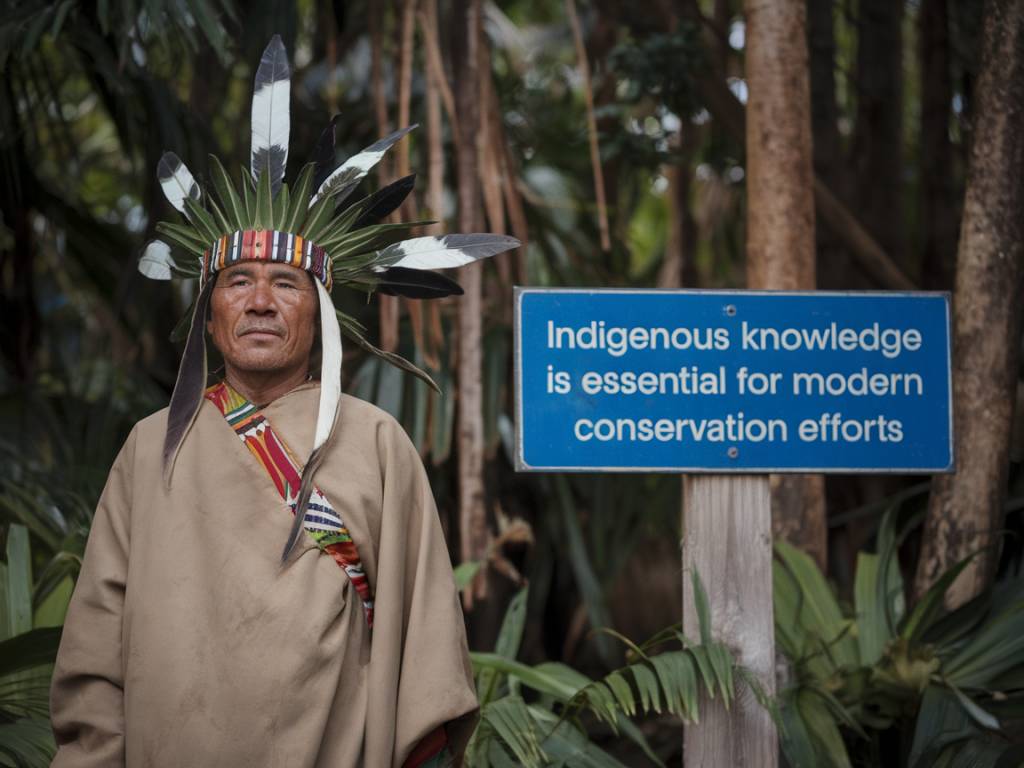Understanding Deforestation and Its Impact
In recent decades, deforestation has emerged as one of the most pressing environmental issues. It involves the clearing of forested land, often on a massive scale, for agriculture, logging, or urban development. The consequences of deforestation are profound, affecting biodiversity, global carbon cycles, and local communities. But can reforestation, the process of replanting trees, truly reverse these effects?
The Science Behind Reforestation
Reforestation is not simply about planting trees. It’s a sophisticated practice that involves understanding local ecosystems, selecting the right species, and nurturing these new forests to maturity. Scientific studies have shown that, under the right conditions, reforestation can reinstate ecological balances, enhance biodiversity, and sequester carbon. But this requires careful planning and management.
Reforestation Success Stories
Not all reforestation efforts are created equal, but there are noteworthy successes that illustrate its potential. Take the Atlantic Forest in Brazil, once reduced to a shadow of its former glory. Through coordinated reforestation projects, native tree species have been reintroduced, helping to recover lost habitats and create corridors for wildlife. This has not only boosted the region’s biodiversity but also helped sequester carbon and improve soil and water quality.
The Role of Biodiversity in Reforestation
Reforestation projects that prioritize biodiversity tend to be more successful and resilient. Introducing a variety of species, rather than monocultures, mirrors natural ecosystems and provides habitats for a range of animals and insects. This diversity strengthens the forest, making it more resilient to pests, diseases, and changing climate conditions. Additionally, biodiversity supports the regeneration of ecosystem functions such as nutrient cycling and soil stabilization.
Challenges and Limitations
While reforestation presents significant opportunities, it is not a panacea. Challenges such as land availability, funding, and local community involvement can limit the scope and success of projects. Moreover, reforestation cannot completely replace old-growth forests, which are irreplaceable reservoirs of biodiversity and cultural heritage. Another critical challenge involves ensuring that reforestation initiatives don’t inadvertently harm existing ecosystems, such as grasslands or savannas, by introducing inappropriate tree species.
Community Involvement and Sustainable Practices
Successful reforestation must engage local communities and incorporate sustainable practices. By involving indigenous peoples and local stakeholders, projects can benefit from traditional knowledge and create economic opportunities that encourage ongoing stewardship of the land. Sustainable practices also include selecting tree species that are native to the area and adopting agroforestry techniques that integrate trees with crops and livestock management.
The Future of Reforestation
Is the future of our forests as gloomy as it often seems? Certainly not! Growing global awareness and commitment to green policies create a fertile ground for reforestation efforts. With the support of new technologies and data-driven approaches, we can devise adaptable strategies tailored to specific regional needs. The cultivation of partnerships between governments, NGOs, and private enterprises will be pivotal in scaling these initiatives worldwide.
Final Thoughts: A Balancing Act
Reforestation offers a glimmer of hope in an age dominated by environmental challenges. While it cannot single-handedly solve the problems wrought by deforestation, when approached thoughtfully, it plays a crucial role in restoring ecological balance, preserving biodiversity, and combating climate change. The road to fully reversing the effects of deforestation is long and requires a collective effort, innovative thinking, and an unwavering commitment to the health of our planet.
So, next time you hear about a tree planting initiative, remember: it’s more than just digging a hole and dropping a seed. It’s a vital action that ties us back to the earth, reviving its cycles and ensuring its splendor for generations to come. Are you ready to join the movement?




